Northern Italy is a patchwork of lakeside retreats, medieval streets, mountain hideaways, and wine country villages—all with their personality. You can go from sipping coffee in a quiet piazza to riding a cable car up a mountain in the same day.
Each town offers its mix of history, scenery, and flavors, shaped by centuries of local traditions. They’re places that make you slow down and take it all in, rather than rush from sight to sight. Here’s a list of 15 towns to visit in northern Italy.
Bellagio
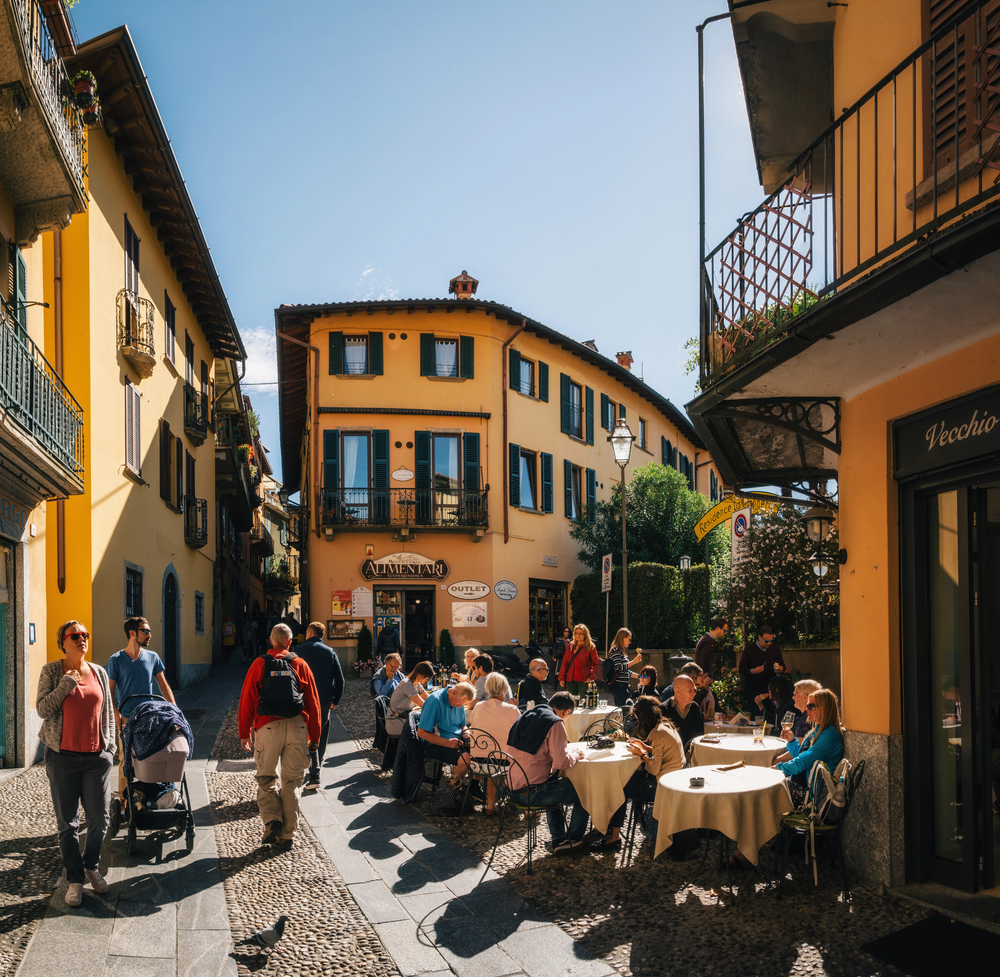
— Photo by bortnikau
Perched where Lake Como’s two arms meet, Bellagio has a setting that almost feels unreal. Steep cobbled lanes wind past boutiques, cafés, and gelato shops, leading to views that look straight across the water to the mountains. The lakeside promenade is best in the evening, when the light softens and the water shimmers. Regular ferries make it easy to visit other towns on the lake without needing a car. Bellagio has a polished elegance, but it still feels like a small town.
Sirmione
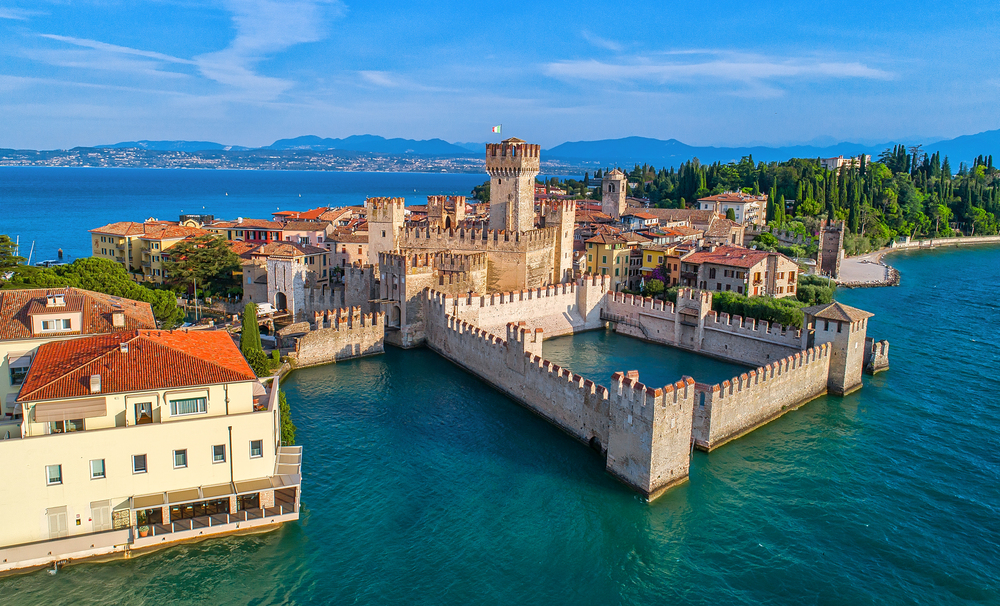
Sirmione sits on a narrow strip of land reaching out into Lake Garda, giving it water views on both sides. You enter through the towers of Scaliger Castle, which look like something from a storybook. Thermal springs here have been famous since Roman times, and the baths remain one of the best ways to spend an afternoon. The old streets are lively but still have quiet corners for sitting with a coffee. Sirmione blends history, relaxation, and lakefront charm in equal measure.
Bressanone
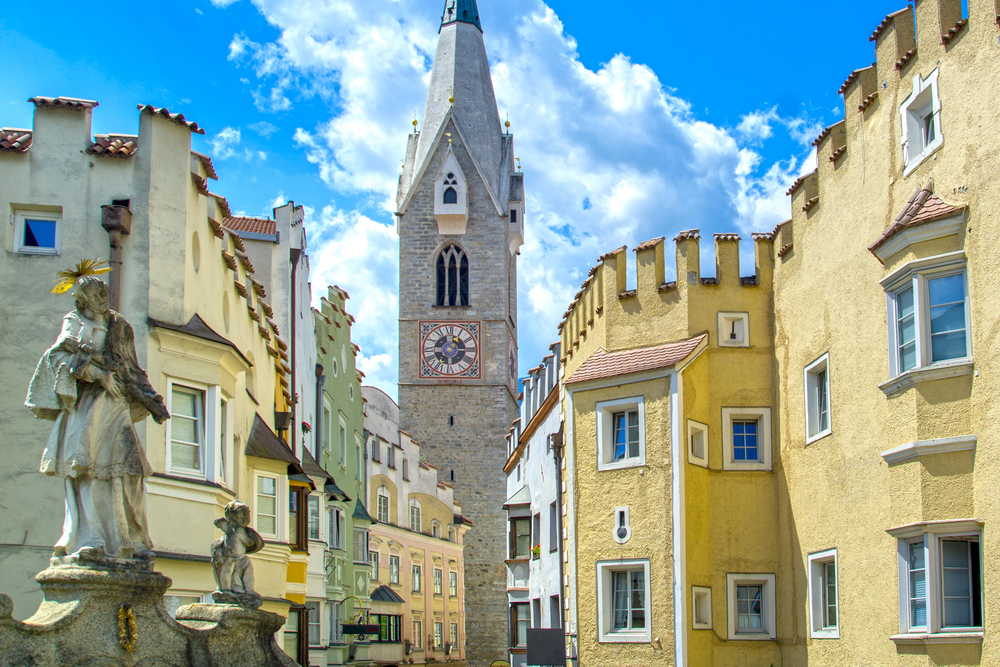
In South Tyrol, Bressanone shows off a mix of Austrian and Italian influences you can taste and see. Its pastel buildings and arched walkways frame the town’s baroque cathedral in the center. Surrounded by mountains, it’s as much a base for hiking and skiing as it is for exploring local markets. You’ll find Alpine cheeses and cured meats alongside espresso bars and wine shops. Bressanone feels like two cultures meeting in one scenic place.
Orta San Giulio
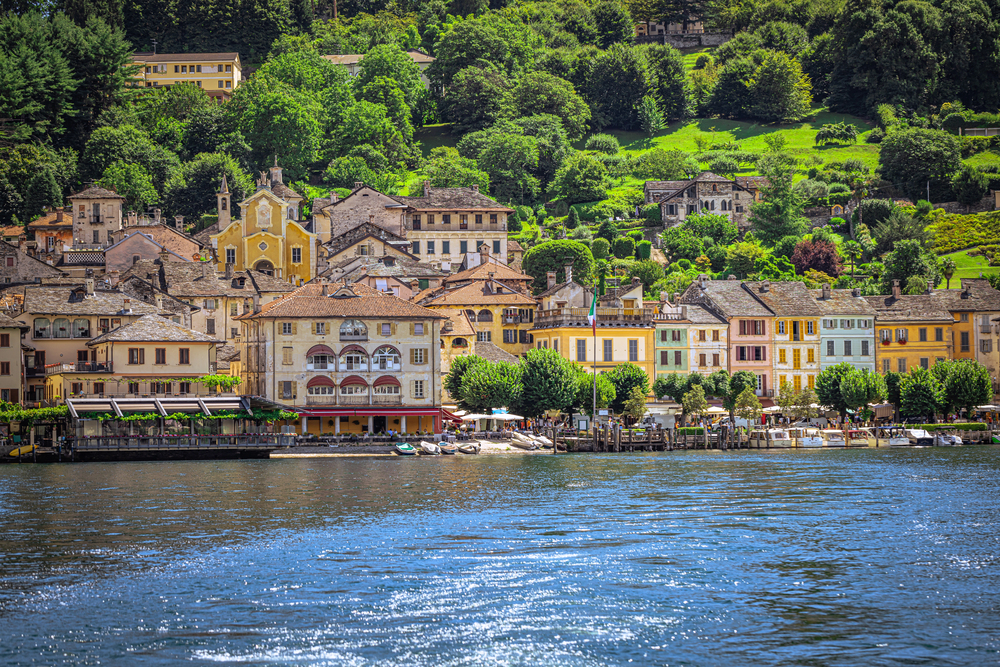
On the quieter Lake Orta, this little town offers a slower rhythm than Italy’s bigger lake destinations. Narrow lanes lead down to a main square where boats leave for the island of San Giulio. Frescoed facades and artisan shops give the historic center a timeless look. Visitors come here for the peace as much as the scenery. It’s the kind of place you linger in without feeling the need to check a list of sights.
Alba
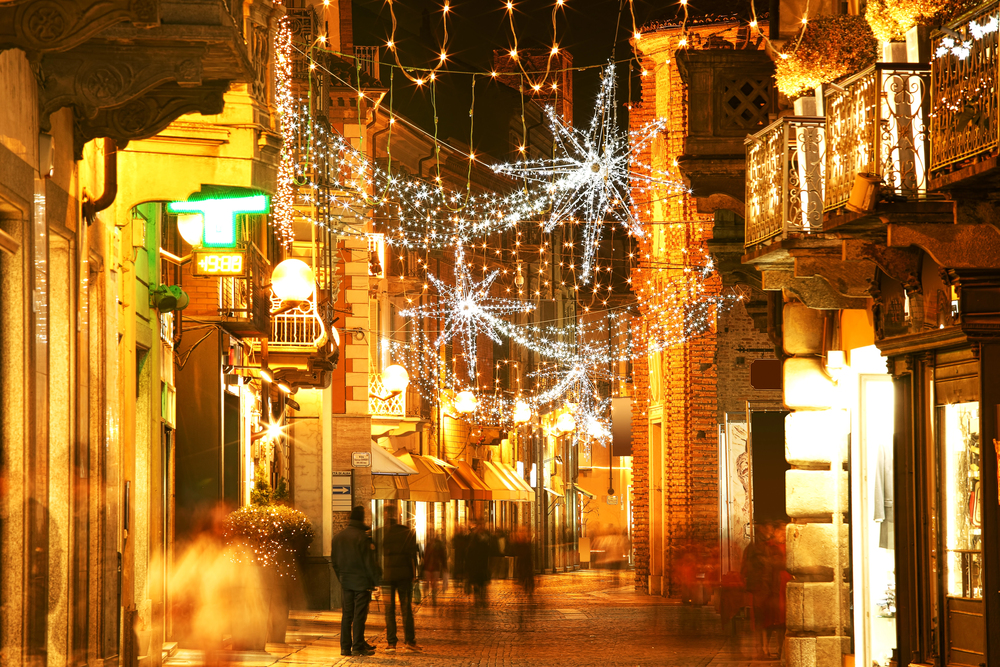
Alba is the heart of Italy’s white truffle country, and in autumn the scent of truffles fills the air. The historic center mixes medieval towers with elegant piazzas and wine bars pouring Barolo and Barbaresco. Local markets and truffle fairs draw chefs and food lovers from around the world. The surrounding hills are lined with vineyards and hazelnut groves. For anyone who travels for food, Alba is an essential stop.
Malcesine
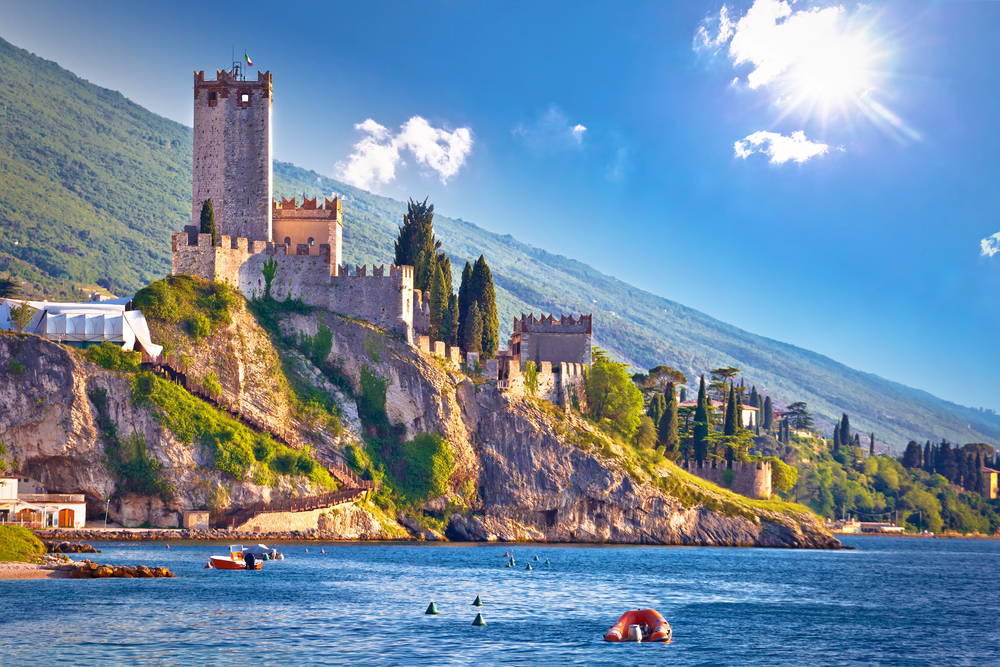
On the eastern shore of Lake Garda, Malcesine is crowned by a castle that looks out across the water. Stone-paved streets wind past lakefront cafés and artisan shops. A cable car from town takes you up Monte Baldo for panoramic views and hiking trails. The steady breezes make it a hotspot for sailing and windsurfing. Malcesine manages to be both active and laid-back, depending on how you spend your day.
Chiavenna
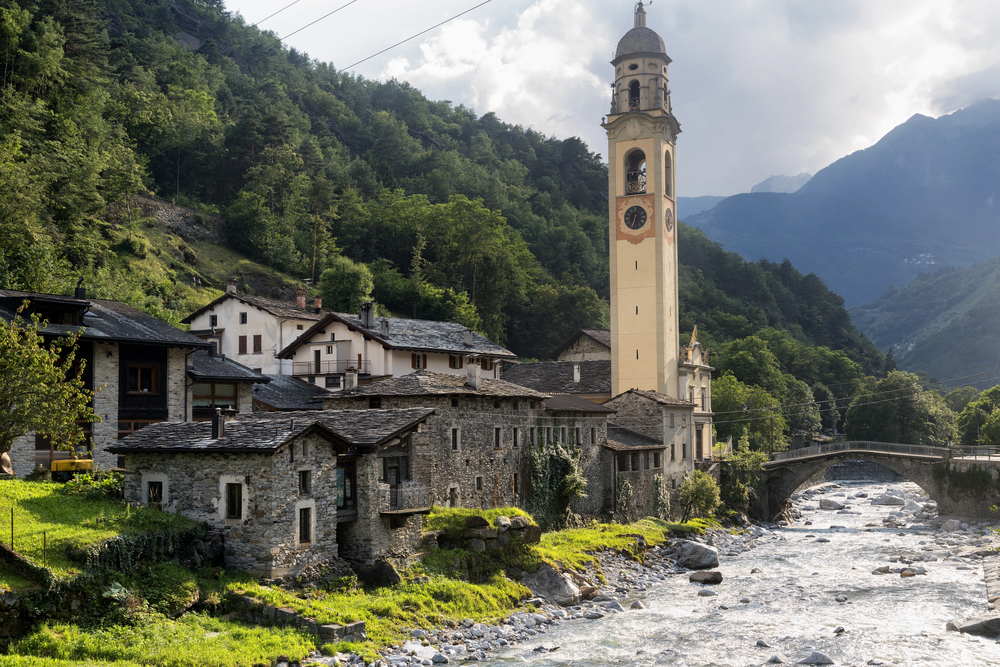
Close to the Swiss border, Chiavenna is known for its stone bridges, historic courtyards, and charming piazzas. The valleys around it are perfect for scenic drives or mountain walks. Local menus often feature pizzoccheri, a hearty buckwheat pasta with cheese, potatoes, and greens. The town’s position on old trade routes has left it with a mix of cultures and flavors. It’s authentic, unhurried, and welcoming in any season.
Mantua
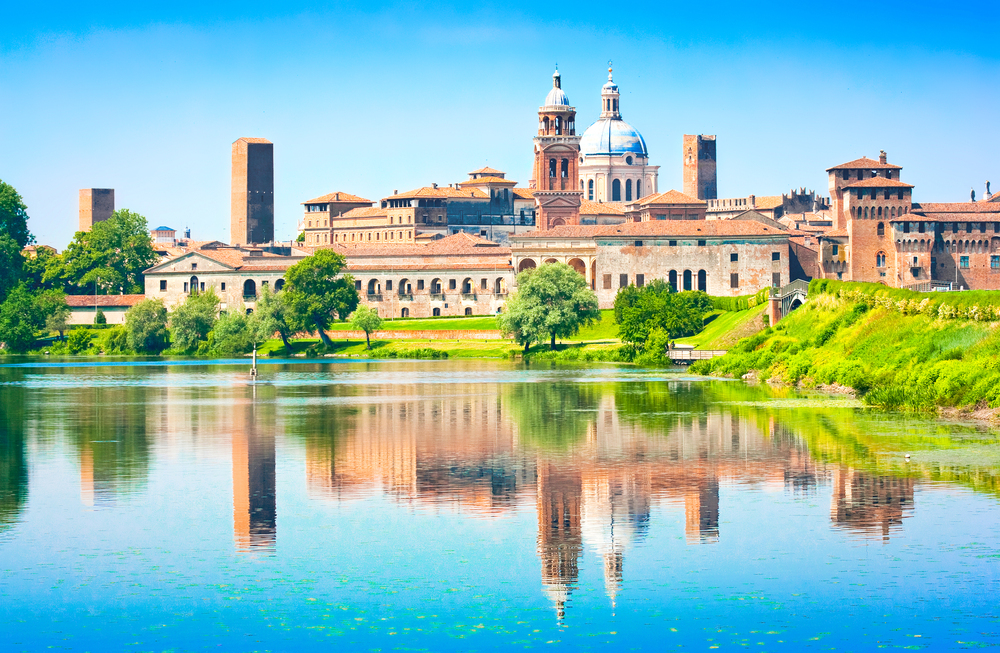
Surrounded by three artificial lakes, Mantua’s Renaissance squares and palaces reflect its history as a seat of power under the Gonzaga family. The Ducal Palace complex is packed with art and grand rooms worth hours of wandering. The town is compact enough to explore on foot, with lively piazzas that fill up in the evening. Its signature dish is tortelli di zucca—pumpkin-filled pasta with a hint of sweetness. Mantua blends art, history, and flavor into one walkable package.
Varenna
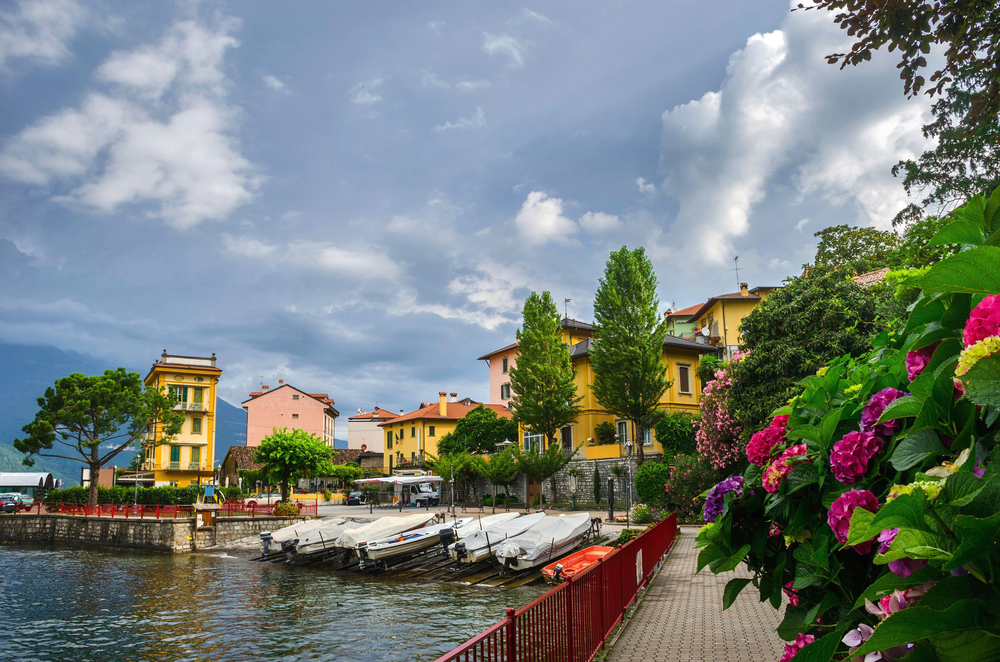
Quieter than Bellagio but just as picturesque, Varenna has colorful houses that cascade down to Lake Como. Narrow alleys lead to a lakeside walkway perfect for slow, scenic strolls. Two standout sights are the gardens of Villa Monastero and the hilltop Castello di Vezio. It’s a great base for exploring without the busier crowds. Varenna’s slower pace makes it feel like a true getaway.
Cividale del Friuli
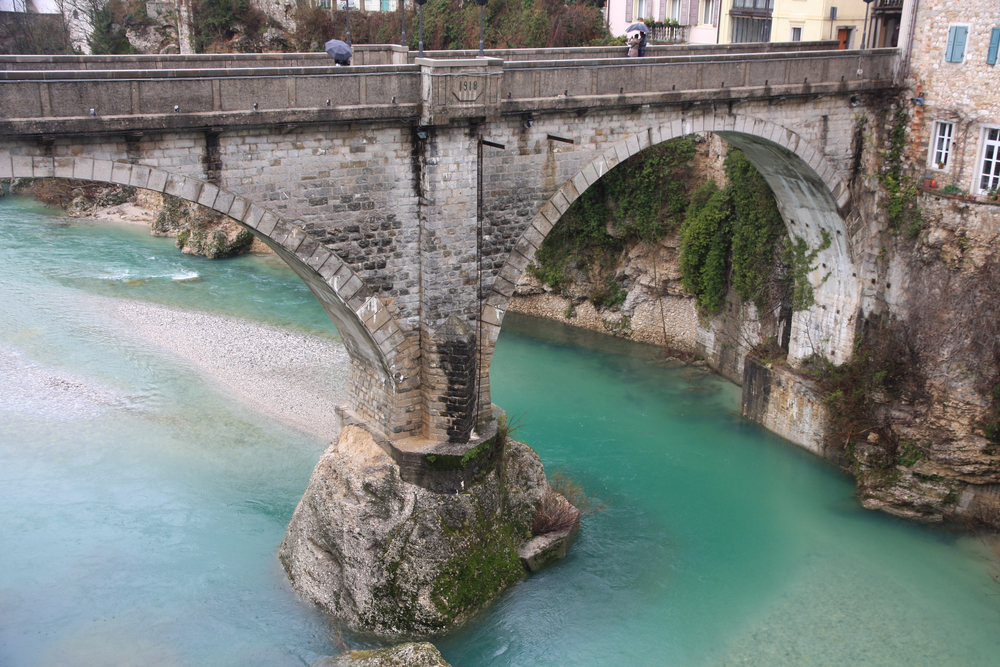
Founded by Julius Caesar, Cividale del Friuli holds centuries of history within its compact center. The Devil’s Bridge arches over a deep river gorge with views that stop you in your tracks. Museums here showcase treasures from the Lombard period, adding depth to the visit. The hills nearby produce excellent Friulian wines. Cividale is small, but every corner has something worth seeing.
Stresa
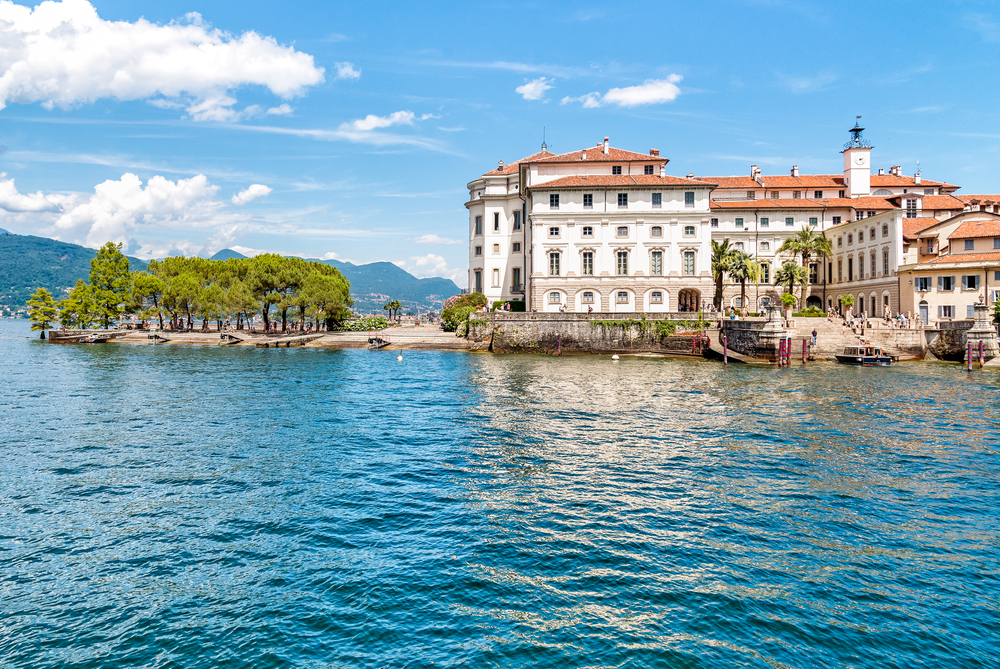
Stresa overlooks Lake Maggiore and serves as the gateway to the Borromean Islands. Its lakeside promenade is lined with palm trees and grand hotels that recall an earlier era of travel. Short boat rides take you to palace gardens and quiet fishing villages on the islands. The mountain backdrop makes the setting even more striking. Stresa is equal parts relaxed and refined.
Bardolino
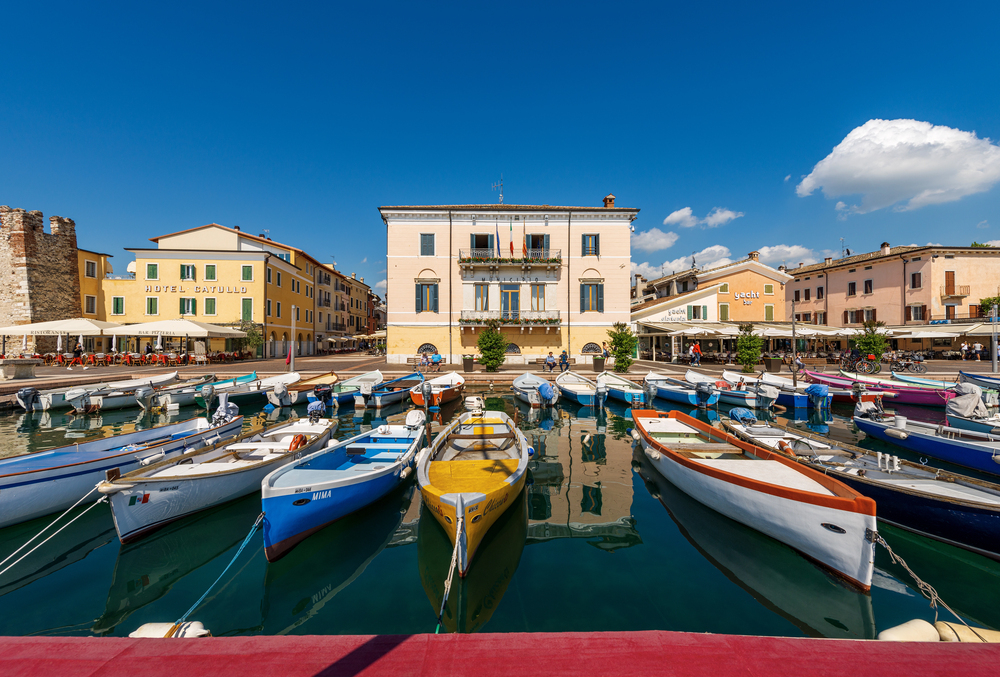
— Photo by catalby
On Lake Garda’s eastern shore, Bardolino is known for its ruby-red wine. The waterfront is dotted with cafés where you can sit and watch boats glide by. Tasting rooms and wine shops fill the side streets, while seasonal festivals celebrate wine and olive oil. It’s a lively but approachable town that’s easy to enjoy at your own pace. Bardolino is as much about flavor as it is about views.
Brisighella
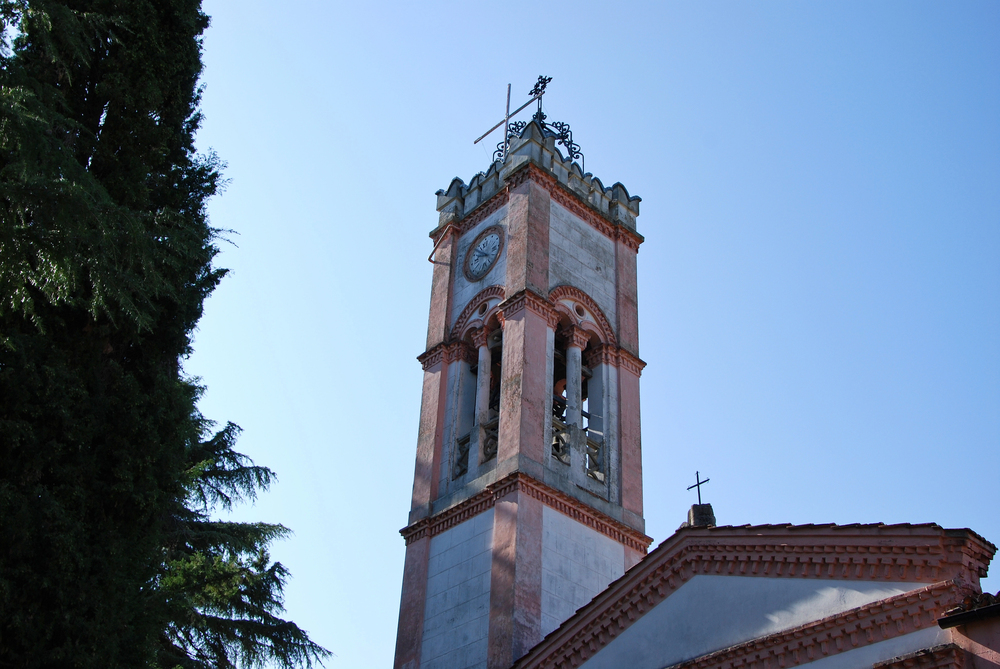
Brisighella sits in the Apennine foothills, surrounded by olive groves and rolling green hills. Three peaks overlook the town, each with its historic landmark—a fortress, a clock tower, and a church. The covered street known as Via degli Asini adds a quirky architectural twist. Local trattorias serve dishes that highlight the region’s olive oil. Brisighella has a rustic charm that feels far from tourist crowds.
Asolo

Called the ‘Town of a Hundred Horizons,’ Asolo is famous for its sweetping views and artistic heritage. Its streets are lined with Renaissance buildings, small cafés, and craft shops. A medieval castle and an elegant cathedral anchor the historic center. Vineyards and gentle hills surround the town, making it a great spot for wine tasting. Asolo has a quiet sophistication that makes it easy to linger.
Cannobio
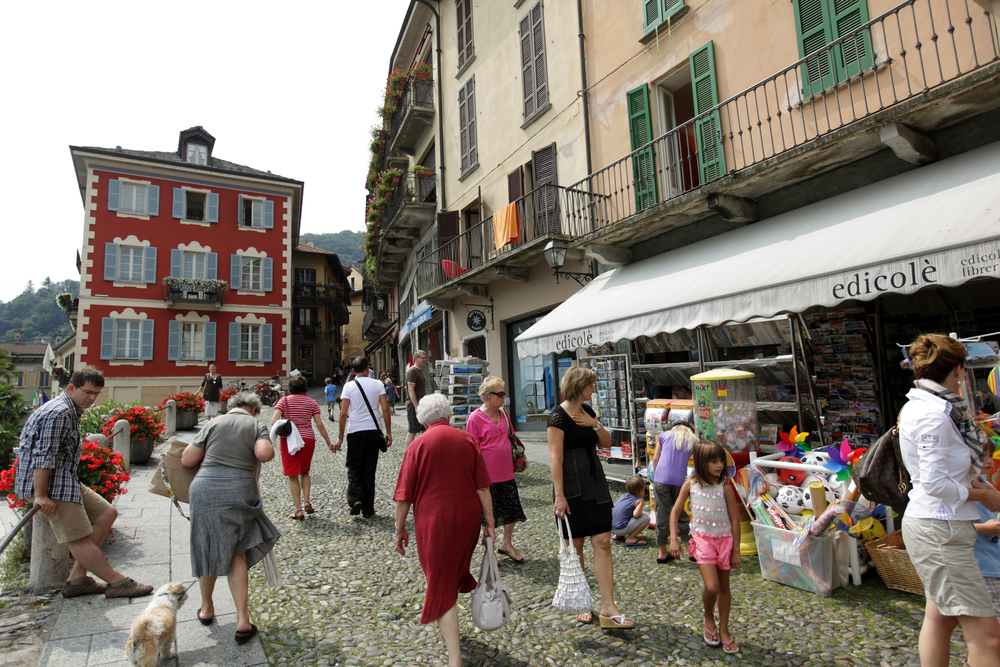
— Photo by urf
Just south of the Swiss border, Cannobio sits along Lake Maggiore with a lively waterfront promenade. The old town has cobblestone streets, painted facades, and a central square perfect for people-watching. Sunday markets fill the promenade with stalls selling food, crafts, and local goods. In summer, swimming spots along the lake draw both locals and visitors. Cannobio’s mix of natural beauty and small-town warmth makes it a fitting final stop in the region.
Northern Italy’s lasting charm
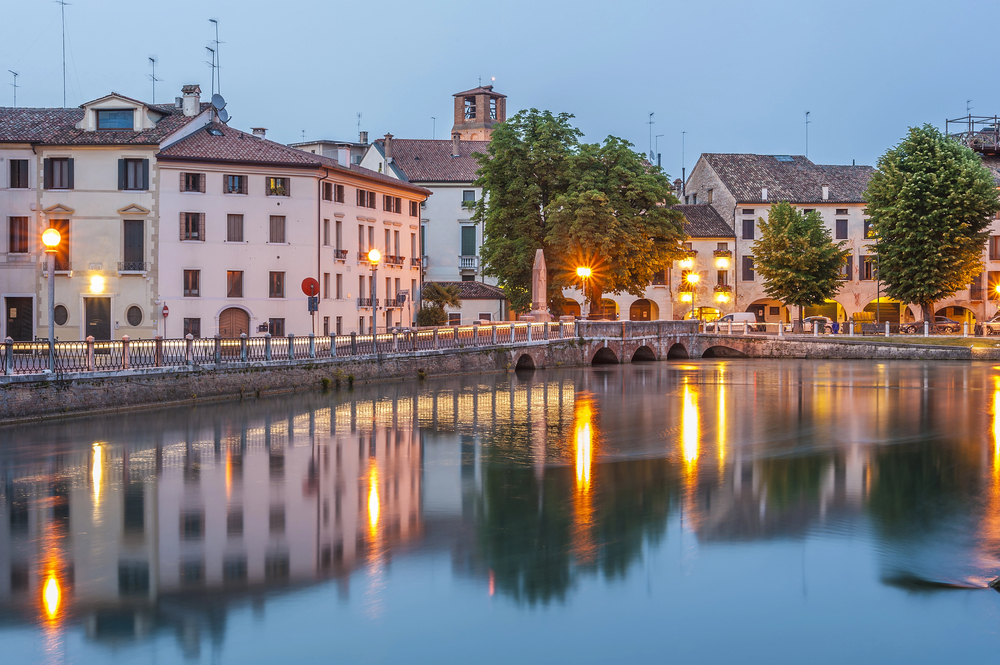
These towns show that northern Italy isn’t just about its big-name cities—it’s about the small places that carry centuries of character. Many have held onto their traditions while still welcoming travelers with open arms. From lakeside sunsets to mountain markets, the experiences here feel rooted in place. They’re not just backdrops for photos—they’re living communities. And that’s what makes them worth coming back to, long after your first visit.
More from Travel Pug

- 20 Best Beach Towns in the Carolinas
- 13 Destinations Where Tourists Regularly Regret Their Trip
- 20 Things You Actually Get in First Class
- 20 Small Airports With Aviation Museums
- 20 Places in the U.S. That Are Perfect for a Reset Trip
Like Travel Pug’s content? Follow us on MSN.
